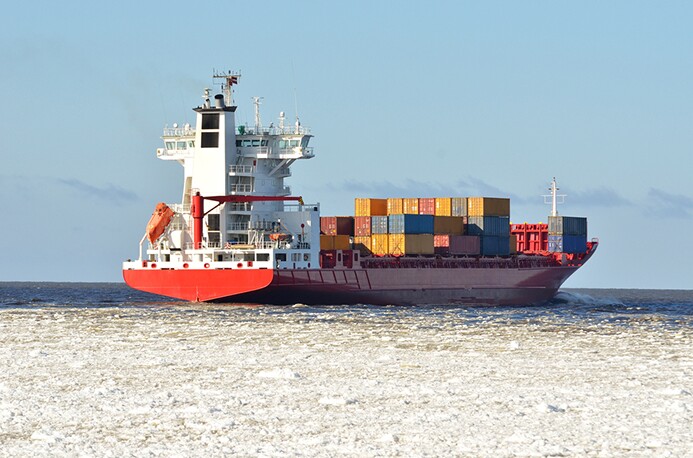Welcome to GLA! Leading the global logistics alliance.


Your location:Home > News > Russia seeks to develop Arctic shipping route
Time:2016-03-11 Publisher:glafamily Num:10586

The poor relations between Turkey and Russia have the latter focusing on the active development of the Northern Sea Route through the melting Arctic during the next several years, according to recent statements of Russia’s Deputy Prime Minister Dmitry Rogozin.
Tensions between the two countries have been dangerously high since November when Turkey shot down a Russian fighter jet that Turkey said violated its airspace. As a result, the Russian government no longer believes the Black Sea is totally safe for Russia-EU trade and is examining alternatives.
To adjust to this development, the Russian government plans to introduce changes in the existing state strategy for the development of transport infrastructure in Russia until 2030.
Russia now plans to build a transport system on the NSR and a container fleet specially designed for operating on the route.
The NSR is ideally suited for the transportation of certain types of container cargo, in particular perishable goods or high-tech products that demand short transit times regardless of cost, according to an official spokesperson of Russia’s Minister of Transport Maxim Sokolov.
The length of the NSR varies between 2,200 to 3,000 nautical miles and is dependent on ice conditions. Its main advantage is the ability to significantly reduce the sailing distance between Northern and Western Europe to East Asia. It is estimated that during the summer the cost of transportation through the NSR is 30 to 35 percent lower than the cost of shipping through the Suez Canal.
Among the other benefits associated with the NSR are lower ship emissions and a lack of pirates, which in recent years have turned into a serious threat in the Red Sea, the Indian Ocean and the Strait of Malacca.
During Soviet times annual cargo volume through the NSR varied between 6.9 to 7 million tonnes (7.6 to 7.7 million tons), but since the collapse of the U.S.S.R. this volume has significantly declined. Still, it has started to recover since the beginning of the decade. Traffic in 2015 amounted to 5.5 million tonnes, of which 274,000 tonnes was transshipment.
Container traffic on the NSR could rise up to 65 million tons per year by 2020, according to the Russian Ministry of Transport.
In the meantime, an interest in the NSR has already been expressed by some Asia-Pacific nations. Japan wants to actively use the NSR and plans to transport up to 40 percent of its container exports to the EU through the NSR by 2018 to 2019 according to Kazuko Shiraishi, a special representative of Japan on the Arctic
Prev:AAL, Peter Dohle launch semi-liner serviceNext:Successful US ports integrate shippers into operations
Recommended Membership
Latest News